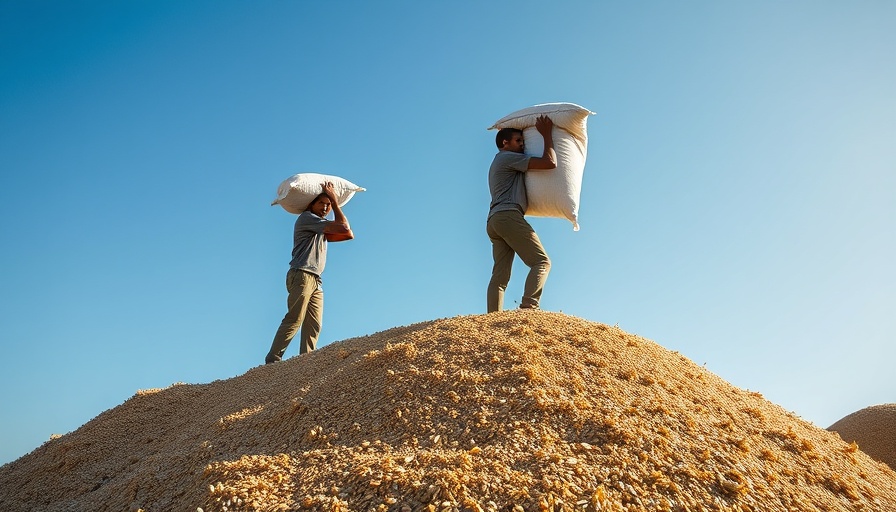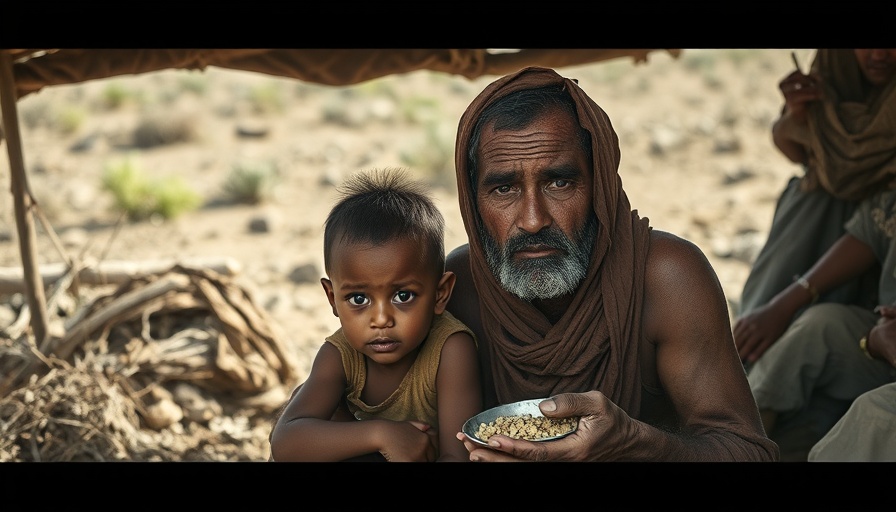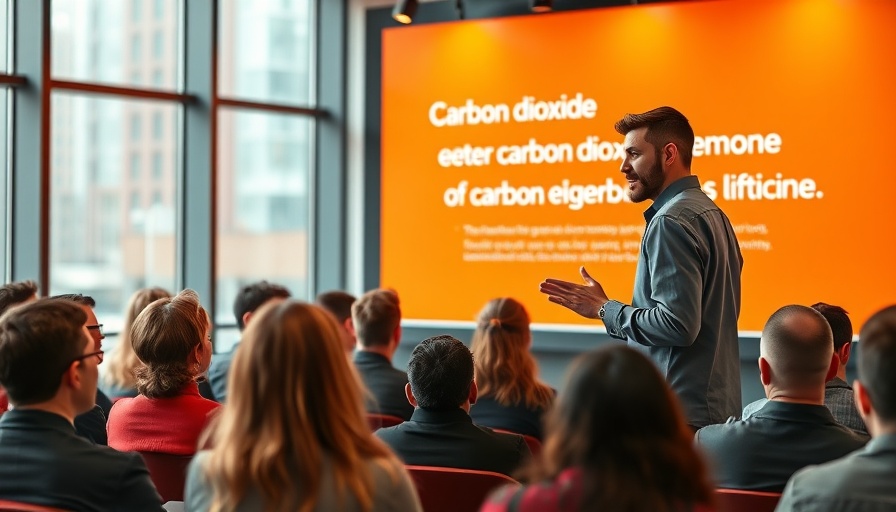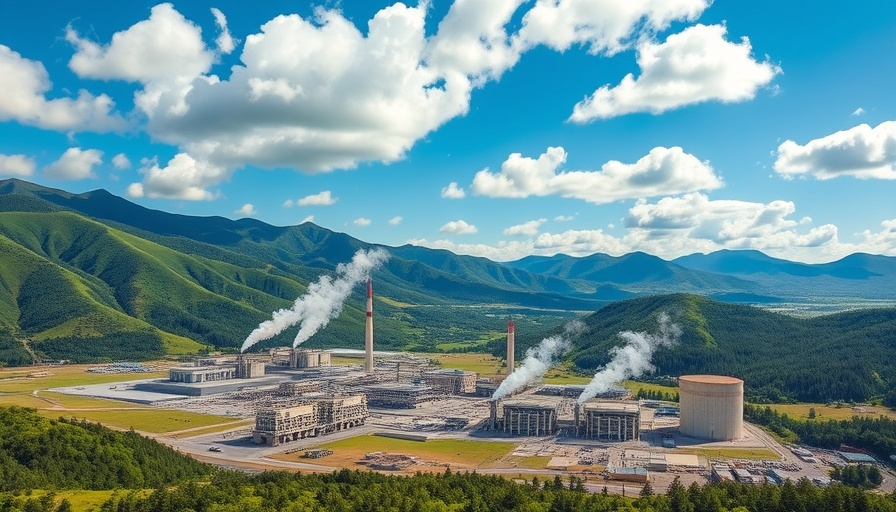
Tackling the Silent Catastrophe: Understanding Global Droughts
A new report has shed light on what many are calling a silent catastrophe: the ongoing droughts affecting millions across various regions, including Africa, Latin America, and Southeast Asia. This phenomenon is not just a passing inconvenience but a severe challenge that is reshaping livelihoods and ecosystems worldwide.
The Economic Toll of Droughts
Recent findings reveal that the costs associated with droughts have doubled since the year 2000, with predictions suggesting that by 2035, these costs could increase by 35 to 110 percent. The financial implications of droughts extend beyond immediate losses—they reverberate through economies, affecting agriculture, energy stability, and food prices. In Zimbabwe, corn production fell dramatically by 70 percent in 2024 compared to previous years, leading to soaring maize prices and dire livestock deaths.
How Communities Are Affected
More than 90 million people in Eastern and Southern Africa now face acute food insecurity. For instance, Somalia reported a staggering estimated death toll of 43,000 in 2022 alone, highlighting how severe drought conditions put immense pressure on local populations. Such crises reveal a greater need for international cooperation to address the climate impacts that are progressing toward catastrophic levels.
The Climate Change Connection
The report highlights how a powerful combination of climate change and the 2023-24 El Niño event has worsened the drought situation globally. These interconnected factors create a ‘perfect storm’, exacerbating already harsh conditions for vulnerable societies. The Mediterranean region stands out as a climate change hotspot that has faced serious agricultural setbacks, further stressing the need for sustainable practices and environmental conservation efforts.
Operational Challenges and Future Lessons
Experts are calling for robust, systematic monitoring of drought impacts to better prepare for future occurrences. Mark Svoboda, NDMC director, referred to the current situation as “a slow-moving global catastrophe,” emphasizing the urgency to adapt to a reality where energy, water, and food sources may dwindle concurrently. This strikes at the heart of climate action, stressing sustainable development and community resilience.
Investing in Solutions
The ramifications of droughts underscore the value of investing in sustainable solutions. For every dollar allocated toward nature-based initiatives, returns can multiply as high as US$27. This could entail enhancing farmer incomes through sustainable agriculture practices, implementing circular economy models, or adopting eco-friendly products that reduce carbon footprints.
The Path Forward for Sustainable Living
To combat the wide-reaching effects of drought, communities must embrace sustainable living practices. This includes prioritizing renewable energy sources, water conservation techniques, and ethical consumerism. Encouraging practices such as community gardening, composting, and sustainable food sourcing can greatly reduce environmental impact while empowering communities.
Engaging Readers for a Sustainable Future
As the discussion around droughts evolves, it’s critical for eco-friendly readers and advocates for sustainability to stay informed, engage in climate action, and support policies and businesses aimed at reducing environmental degradation. By championing green initiatives and embracing sustainability in daily lives, we can collectively face the challenges presented by climate change and work toward a more resilient future.
 Add Row
Add Row  Add
Add 



Write A Comment